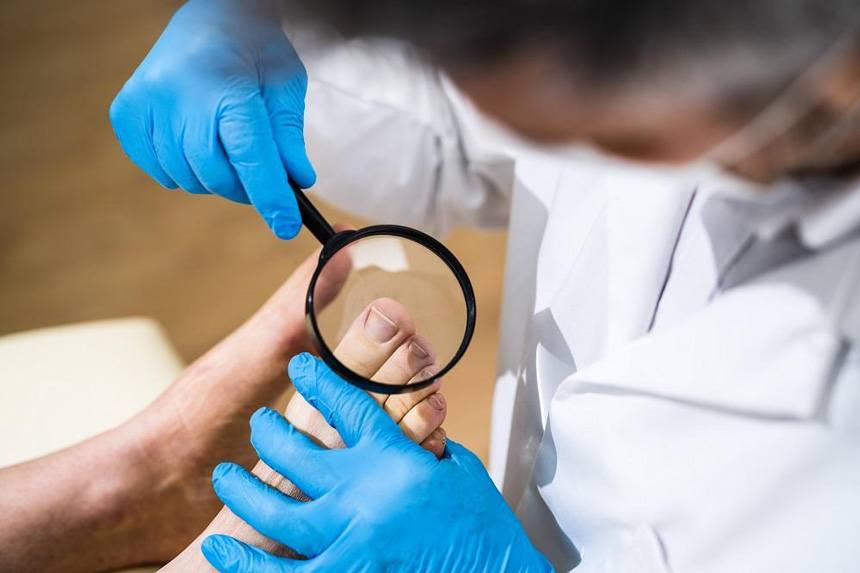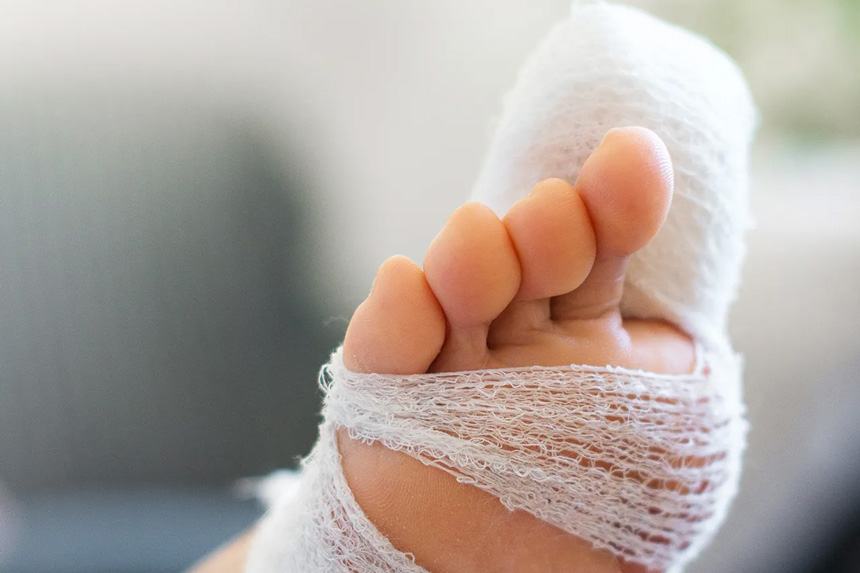When to Seek Medical Attention

Certain conditions, like diabetes or circulatory issues, increase the risk of complications from ingrown toenails. Professional medical advice should be sought if home remedies fail to improve the situation or if severe pain and swelling occur. Additionally, any adverse reaction to home treatments warrants a consultation with a healthcare provider.
Preventing Ingrown Toenails

Preventing ingrown toenails involves simple yet effective practices that can significantly reduce the risk of developing this uncomfortable condition.
- Avoid Toe Injuries:
Be mindful of your movements to prevent toe injuries, such as stubbing your toe or dropping heavy objects on your feet. Toe injuries can distort the nail’s growth pattern, leading to ingrown toenails. Wearing protective footwear during activities that pose a risk to your feet can help shield your toes from injury.
- Proper Toenail Trimming:
Trim your toenails straight rather than rounding the corners, and avoid cutting them too short. This technique helps the nail grow outward rather than into the surrounding skin. Ensuring your toenails are no shorter than the tip of your toe can prevent the edges of the nail from burrowing into the skin.
- Wear Protective Footgear:
If your job or daily activities increase the risk of toe injuries, consider wearing protective footwear. Shoes with reinforced toe boxes can safeguard your feet from impacts and compression, reducing the likelihood of damage and subsequent ingrown toenails.
- Choose Breathable, Well-Fitting Shoes and Socks:
Tight shoes and socks can compress the toes and nail beds, promoting ingrown toenails. Opt for footwear that fits properly, offering enough room in the toe box to prevent unnecessary pressure on your toes. Additionally, choosing breathable materials can help reduce moisture and heat buildup around your toes, further decreasing the risk of ingrown toenails.
To wrap up, ingrown toenails, while painful, are generally manageable with proper home care. Adherence to preventative measures and timely treatment can mitigate the risk of complications. However, professional medical intervention may be necessary in severe cases or if underlying health conditions are present.





